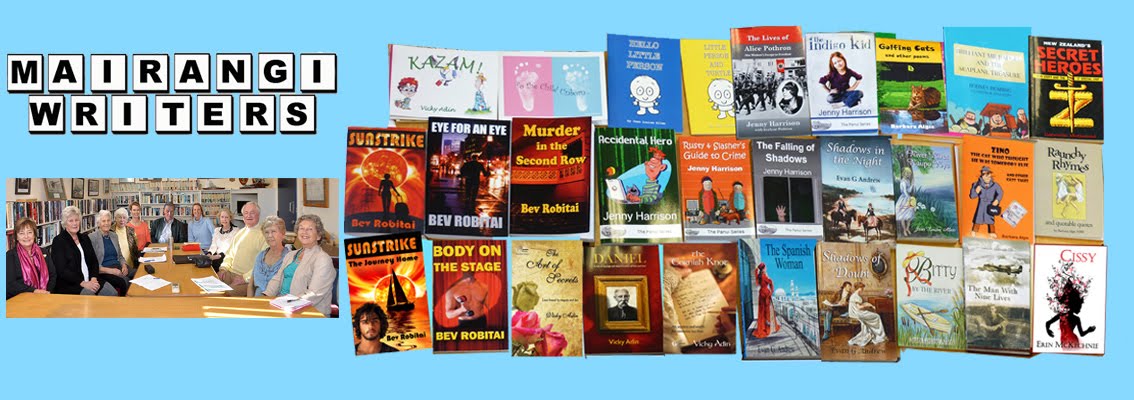Master Plot, Revenge
A revenge plot
which has as much power today as it had thousands of years ago consists of
three phases:
The crime - the first dramatic phase.
The hero, faced with an injustice, is
unable to defend himself.
Revenge
The hero makes plan to extract revenge. Several people must pay for
the injustice dispensed during the hero's youth. Revenge deals with pursuit as
well as preparation for revenge.
Confrontation
` His motivation single minded, the hero confronts his enemies. This
the moment of triumph for the protagonist.
In Consequences,
my first adult novel, the plot is loud and clear. This work, a typical revenge
plot in which we bristle against injustice, has its retaliation outside the
limits of the law. The work published by Literary Road
One minute Donald Bracken
was riding along on his way home from swimming humming his favourite tune and
the next his bike was pulled from under him spilling him onto the asphalt. “Jesus. What? What the hell?”
The town bullies moved
from the shadows and surrounded him cornering him in the deserted school
grounds.
A shudder starting at the
top of his head rippled down to the tip of his toes when he saw the menacing
look on their faces. His body wracked with terror he began panting and heeling
his way across the asphalt until his progress was impeded by a picket of legs.
Sweat pilled on his brow. His heart beat a zany tattoo in time to the music
wafting up the hill from the valley below. Ears straining, he listened for
sounds that would signal help was at hand, but heard nothing other than the
excited wheezing of the group surrounding him.
The leader of the pack,
the one with the most patches on his silken jacket, was a tall gangly pock
marked boy older than the other five.
The fat one, the bully most feared in the neighbourhood, kicked him in
the ribs. “Gottcha,” he sneered as he spat a gooby into his face.
“Teach ya to kill my
grandma’s dog,” hissed the leader as he grabbed Donald by the collar and
slammed him against the school building and pinned him there.
“I didn’t.” Donald
protested as he squirmed like a worm on a hook in an effort to free himself, “A
car hit him.”[…]
The fat one pushed
Donald’s head down to the ground and held it there with his shoe perched on his
neck as if he were propping his foot on a desk. Through the slits his eyes had
become a shadow moved towards Donald and grabbed his hair and lifting his head
to within a hair’s breadth of its face, said, “Did you say something,
dickhead?” The bullies laughed.
The lookout posted
outside the school grounds hooted like an owl and called in his tinny fluting
voice. “Someone’s coming, someone coming.”
“We’re out of here,” said
the fat one. “Come on.”
Five of them ran, but the
sixth, the leader of the gang leaned over Donald brandishing a switch knife and
whispered, “Talk and I’ll kill you, you creepy piss pants.”
Donald’s steel grey eyes
narrowed. “Kill me,” he whispered as the leader moved off. He did not move. He
did not move for a long time as he lay gasping, hugging his battered body and
thinking about revenge. He had to find a way to get back at them. They were
always picking on him. Bullied him every day and now they had beaten him up and
smashed his bike. Tomorrow he would have to deliver the papers on foot.[…]
“Had the shit beaten out
of me because of a bloody yappy dog,” he muttered as he picked himself up from
the ground where he had lain catching his breath. Filled with a burning hate he
shouted into the still air. “I’ll kill those bastards.”
Killing them he knew
would be a difficult assignment but succeeding would be an accomplishment. It
would take much practice if he was to succeed, but he would be patient. It
takes time to learn to kill, just like learning a musical instrument he thought,
but I can wait until I’ve honed my skills.
Excerpts from Consquences by Maureen Green.
On a less threatening note, here’s a link to
an excellent article by Beth Bacon on writing a great book blurb. It’s one of
the hardest things for most authors, and the MOST important to get right if you
want to attract readers. You can find the full article here - http://www.digitalbookworld.com/2014/book-blurb-as-salesperson/
